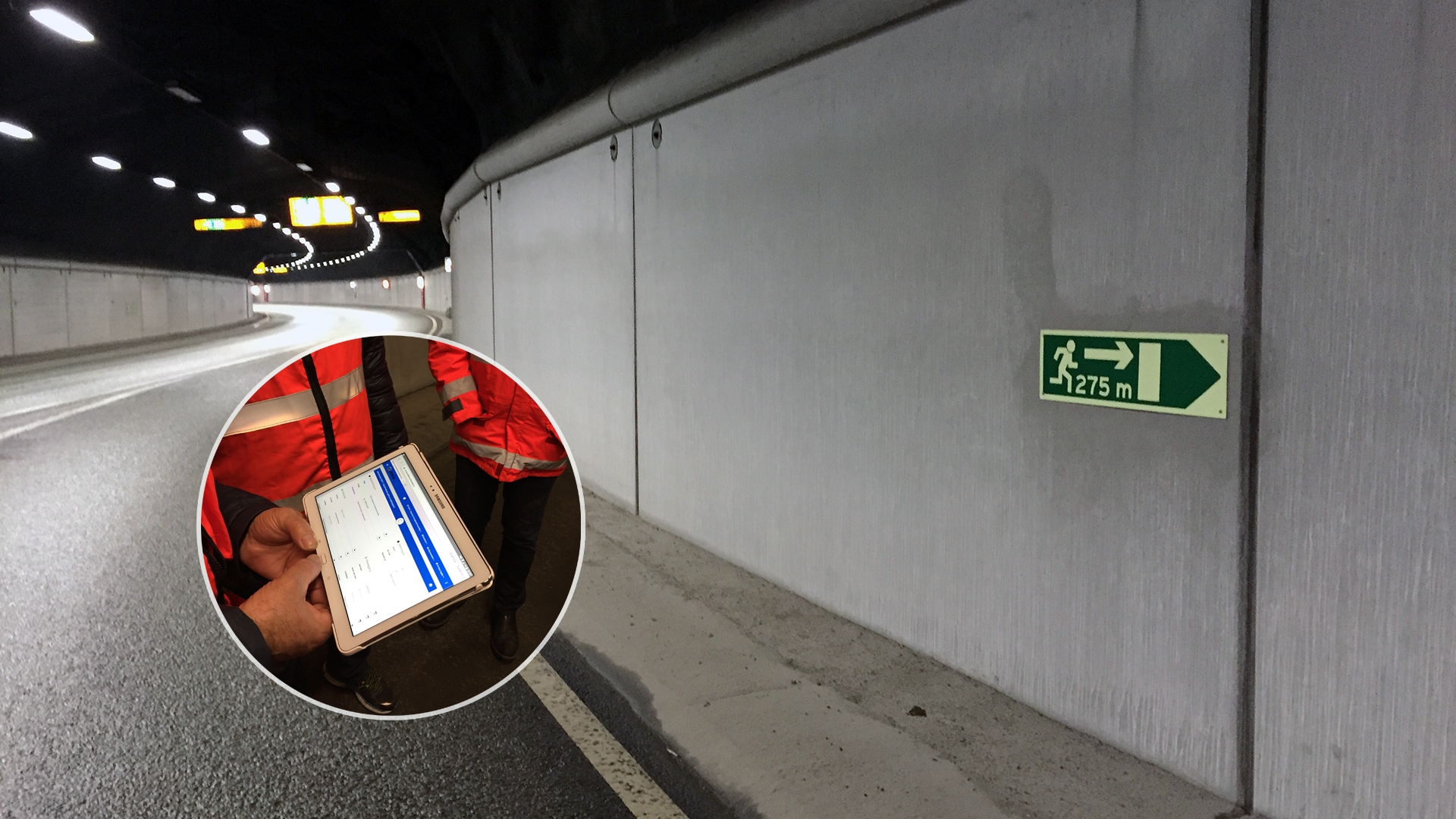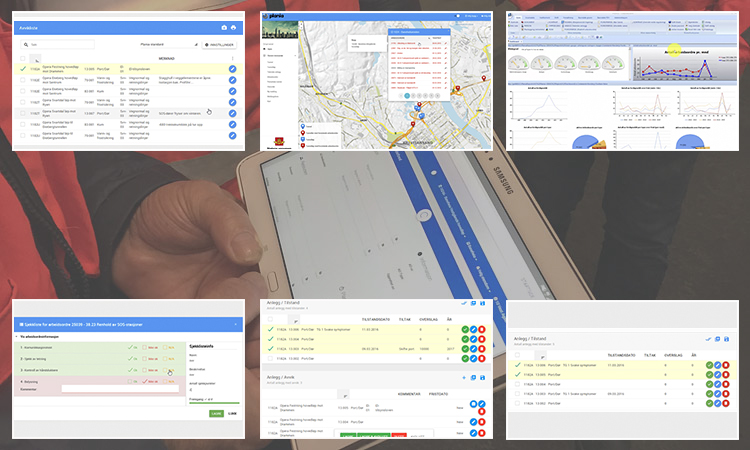Customised OM system for tunnels

In 2012 the world road association (PIARC) provided recommendations for the maintenance of road tunnels, essentially in the domain of equipment, but also for other important structural elements.
Road tunnels contain increasing volumes of equipment. It is now common to find devices such as those related to power distribution or lighting; we also find an increasing share of complex systems using highly efficient technologies (high speed data transport networks, automatic incident detection, digital video equipment, etc.). The interventions required on equipment present in the road tunnel as a whole are numerous and of differing natures; they must be conducted at specific intervals. Intervention conditions may be difficult, particularly when it is necessary to intervene inside the tunnel within the traffic area. To all these constraints we must add the necessity of maintaining the traffic capacity of the structure at the highest possible levels.
Maintenance actions, therefore, have to be carefully planned and managed. The results of various inspections made must be preserved and archived so that they are easily accessible. In order to be able to meet all these requirements, the operator therefore has to set up a computerised maintenance management system. The role of a maintenance management system is to assist the operator in planning the works and the interventions, setting up performance monitoring indicators (failure rates, availability rates, etc.), management of costs, preparation of provisional budgets, management of sub-contractors and management of maintenance personnel (training, in particular).
An operation and maintenance system can be used for both tunnels, bridges and other technical infrastructure elements, and gives the infrastructure manager control of who has done what and when. The system can help to avoid decay, be proactive and get a maintenance operation that ensures the value of the infrastructure over time.
We present the Plania system, that has been developed in cooperation with the road authorities in Norway for the last 25 years. The system is a specialised road infrastructure version of a third party product used also for other industries, buildings and construction objects.
This is a tool that simplify challenges for operation and maintenance, and are designed to get control and overview of activities and documentation. The system collects the information in one place and presents this in a simple overview, which makes information available to the tunnel manager, the tunnel operator and the contractor.
The system provides the ability to store documentation from construction and rehabilitation, using a data collection solution. This includes characteristics on the different objects. The documentation can be presented, when needed, through desktop and mobile applications. Requirements for documentation and activities has been stricter from authorities, especially within the fields of fire regulations and electric technical installations, but also internal regulations from the clients. The system includes also specialised modules to manage the necessary documentation for fire regulations and technical installations regulations, but also other modules.
In 2015 the software provider decided to modernise the system to make it more available for mobile applications and use. The new modernised platform was presented in 2016, and the mobility of the system has been tested in 2017 by both road managers, tunnel operators and contractors. Performing personnel can now choose whether to use a regular PC, tablet or smart phone as their work surface. They can also vary between the different platforms depending on their location and also the type of assignment they are working with. The main focus for the development is to make sure that operation and maintenance personnel have a system with a low threshold, and can register on a continuous basis, considering right quality at the right time to support other processes in operation.

Next step is to make sure that the system can work within the modelling world and by using Building Information Modelling (BIM). BIM is a process for creating and managing information on a construction across the lifecycle. One of the key outputs of this process is the Building Information Model, and is a digital description of every aspect of the built infrastructure object. This model draws on information assembled collaboratively and updated at key stages in the lifetime. Creating a digital Building Information Model enables those who interact with the infrastructure to optimize their actions, resulting in a greater whole life value for the infrastructure system.
Reference: Recommendations on management of maintenance and technical inspection of road tunnels (PIARC Ref. : 2012R12EN, ISBN : 978-2-84060-279-2)

 En
En 




